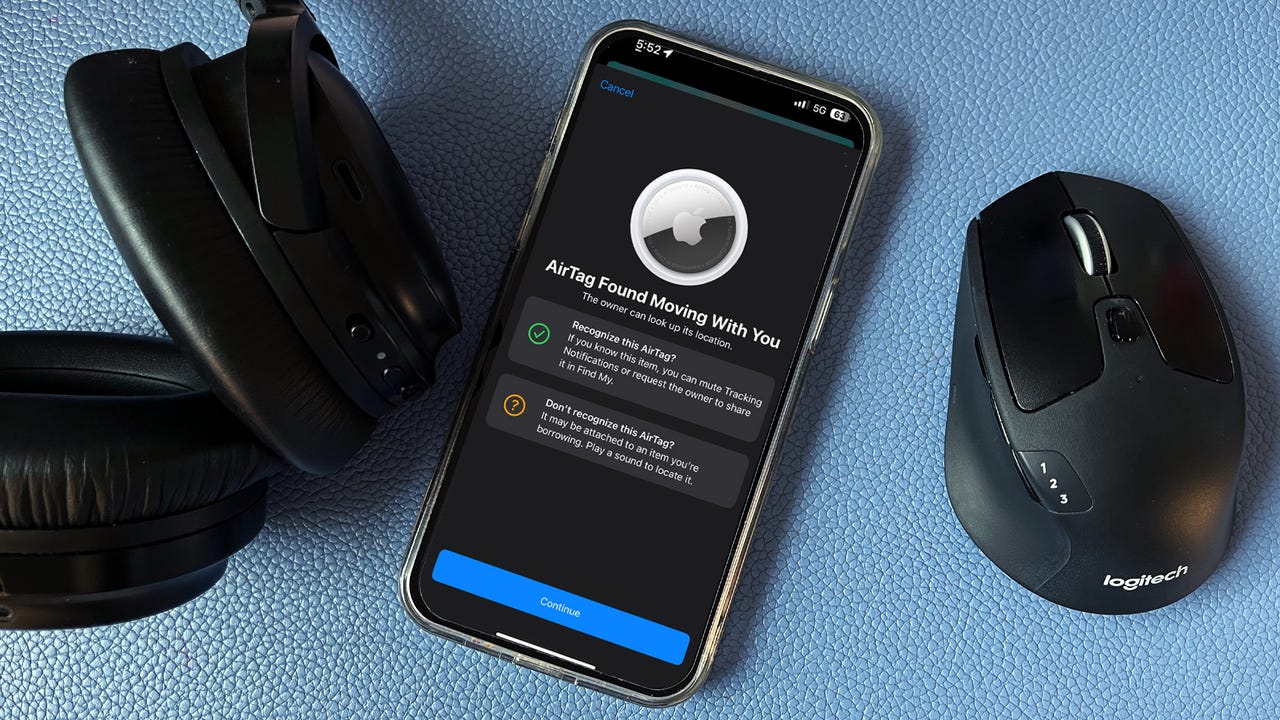It’s not often you’ll find Microsoft, Amazon, and Meta in the same room collaborating toward the same goals. But that’s exactly what we have with the Overture Maps Foundation, an initiative to develop interoperable and open map data.
Launched in December, 2022, the Overture Maps Foundation is an attempt to counter Google’s stranglehold on online mapping. The Linux Foundation-hosted outfit has been releasing datasets in early previews over the past year, while the first beta incarnation arrived back in April. But today sees the first formal fruits of this big tech collaborative effort, with a quartet of open datasets launching in general availability (GA).
For context, maps are essentially “layers” which can be tailored to whatever the use-case is. In the case of the Overture Maps Foundation, they are today releasing buildings, constituting 2.3 billion building “footprints” globally; places, which includes some 54 million notable places of interest; divisions, which serves as a visual overlay denoting “boundaries” such as those that separate countries, regions, cities, or neighborhoods; and base, which covers land and water features such as physical infrastructure (e.g. communication towers, piers and bridges).
It’s other main dataset, transportation, will remain in beta for now, while the company is also today debuting the all-new addresses dataset in alpha, with support for 200 million addresses across 14 countries.
There’s a map for that
While Microsoft, Amazon’s cloud computing subsidiary AWS, and Facebook’s parent Meta are the highest profile members of the Overture Maps Foundation, the core steering committee also counts location technology stalwart TomTom. Other “general” and “contributor” members include Esri, Hynundai, Niantic, TripAdvisor, among others. Google’s absence from the group is notable, albeit unsurprising given the ultimate goal of the project.
Collectively, the members are pooling myriad data sources, including open datasets from tangential projects such as OpenStreetMap and government sources; their own internal proprietary data; and even those of their main nemesis here, Google.
Indeed, although Google’s mapping data empire is substantively proprietary, it has released some datasets under an open access license, including Open Buildings which it released back in 2021. As we can see from this map of the U.S. / Mexico border, the Overture Maps Foundation has included data from OpenStreetMap, Esri, Microsoft, and Google.
Combining datasets sounds simple, but the reality is somewhat different as they don’t adhere to the same formats, structures and standards. So you might have two largely similar datasets with slightly different purposes which need to be meshed to integrate their respective benefits.
The bringing together of these datasets is called conflation, and can be a painstaking process of checking and de-duplication.
“One of the real challenges when you start combining data that’s coming from a lot of different places, is how do you know that this record of a building or an address or a place, is the same as this other record?,” Marc Prioleau, executive director of Overture Maps Foundation, told TechCrunch. “And that seems kind of obvious, but people misspell things, or people use different names. They could also be slightly misaligned geographically. Conflation plays a big part in [fixing] this.”
Community mapping project OpenStreetMap plays a huge part in providing data for the Overture Maps Foundation, as does open datasets provided by governments and municipalities. But the third major category which is particularly notable here is that of the corporate members themselves which are pooling what they have in-house.
“The best example of this is that Meta took its (Facebook) places data — as you can imagine, every ‘place’ or restaurant has a Facebook page — and shared it with the project,” Prioleau said. “Facebook made an interesting decision there, in that while it has a competitive advantage in knowing what people like about a place, what they serve, all those pictures and social media posts, simply knowing that the place is there is not a competitive advantage. But if they shared that, and got other companies to share similar data, then we would have the advantage of having a more complete record.”
Prioleau himself has a fairly long history in the mapping and location realm, having worked in related roles at Mapbox, Uber, and more recently as head of business development for mapping and location at meta, a position he left last May to head up the Overture Maps Foundation. He was joined by Amy Rose as technical director in November, meaning the organization has just two full-time employees.
On top of that, the foundation counts around 10 contractors covering everything from marketing to project management, while the host Linux Foundation organization also contributes some engineering support. And then this is where the member companies enter the fray, contributing in the region of around 100 people across engineering and product management who might help out just some of the time or all of the time, depending on the task at hand.
“When our companies [members] come in, we really emphasize is this is not a spectator sport — it’s a participation sport,” Prioleau said. “So when they come in, we ask people to go and work on one of the many pieces of the project. A lot of those pieces are related to data types, so if someone comes in and they’re from a logistics company, they might be very interested in the road network.”


